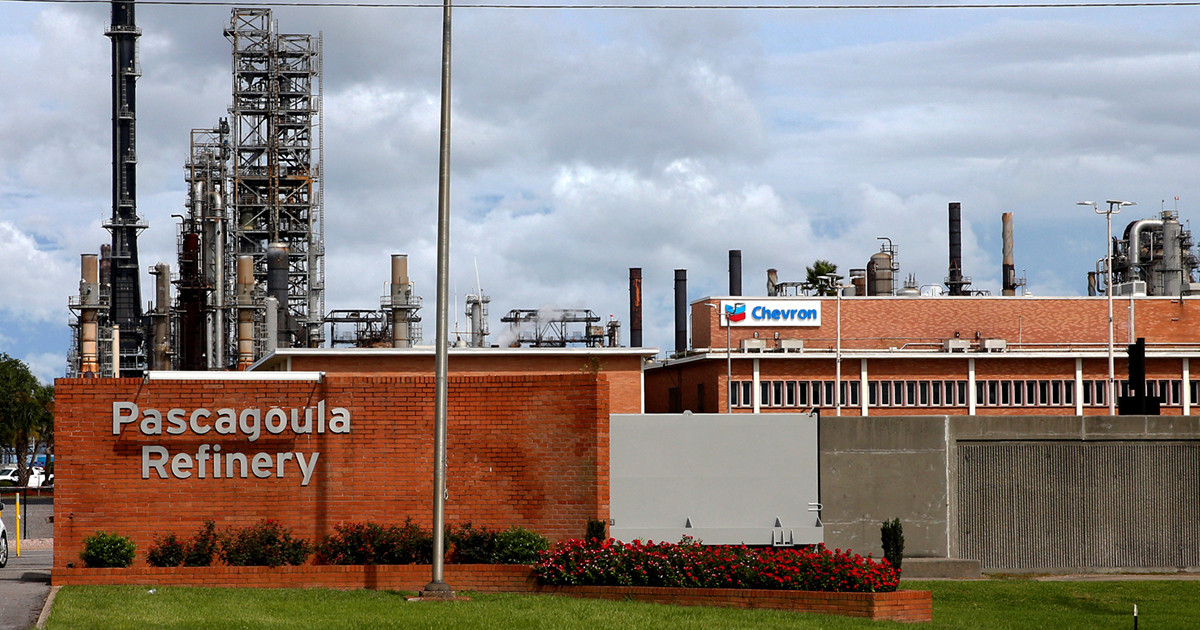The EPA decided its scientists were overstating the risks and gave Chevron the go-ahead to make the new boat fuel ingredient at its refinery in Pascagoula, Mississippi.
Poor Mississippi.
So I wanted to provide a bit of unique perspective here on the topic. I now work as a process engineer in a steel mill, but 2 of my previous positions were in product safety and regulatory compliance. I worked in US, CA, & MX regulatory law, as well as global compliance with countries outside of the Americas. In my position I had to deal with regulatory compliance with chemical lists (TSCA, ECHA, DSL/NDSL, ISHL, etc.) and I was responsible for creating and verifying the information we use to create our SDS sheets.
So a large part of people are stuck on the fact that there is a lot of redacted information in the paper, this could be for multiple reasons outside of protecting trade secrets. As I stated above, there are regulatory chemical lists. In many countries, it is entirely ILLEGAL to sell or use in manufacturing, any chemicals which do not appear on the list for the country in question. When a company wants to create a new chemical (which is happening all the time, this also can be a “mix” and not a defined exact molecule, ill speak more on this later) its is a very slow and long process of classifying the chemical, getting a CAS number assigned, and then getting this chemical listed on the regulatory lists of the locations you intend to use it/sell it. To get listed on these lists is a process in itself that includes providing absolutely as much information on the chemical as reasonably achievable. From my experience, ECHA (EU) has stricter rules than TSCA (U.S) for example, and not all lists are made equal, governed equally, or even list the same chemicals. So circling back, the feedstock listed in the paper is likely very early in this process or is in the middle of the process, meaning there is not an “official” name or means of identifying what is being spoken about, anything referred to in the paper would just be internal monikers/code names or possibly a nickname to describe it.
On the topic I said I would speak more about, “mixes” or “chemicals” without a defined chemistry. So there are feedstocks/chemicals/mixes of oils/paraffin materials/alkanes/etc. that are very hard to control the creation of, so they are created as an inseparable bulk mixture. Some Examples:
-Cas #: 85535-86-0 [C18-28 Chloroalkanes (20-50 %Cl)]
-Cas #: 97553-43-0 [Paraffins (petroleum), normal C > 10, chloro]
The “mixtures” are classified based on their properties and what is actually making up that mix defined within the certain Cas #. This is likely how all of the feedstocks in the paper would be classified. Based on certain plastics that are recycled you could expect X, Y, Z, defined blends.
Finally, regarding the safety aspect. Having been thrown into the world of chemical regulation (I am a chemical engineer by education, we covered the existence of TSCA in like one section of our safety course), I got to see first hand how almost “fly by the seat of your pants” it is. I cannot suggest a “better” way to more safely regulate these chemicals, other than to take an outright strict approach (which I am in favor of btw). Eu for example is much stricter (both health and environmental hazard wise) compared to the U.S. They have a higher burden of proof that the chemical is not harmful and an approach of “okay if it shows signs it could be a problem, classify it as such”, while it sure feels like the EPA takes the approach of “okay, lets see if you guys can keep this from becoming a problem.” Which companies have proved repeatedly, they cannot.
This is a fuel additive that is expected to be used in boats or ships throughout the United States, as well as an airliners. So all airports, including the workers and passengers will also be exposed to this chemical.
To be exact, it is a wt% of the feedstock they are changing. Not the fuel itself. (I am not commenting on the fact that they likely would be exposed to combustion products/uncombusted products).
From a chemical perspective, it also chemically needs to be similiar to the original feedstock, or else you would not be producing the fuel you want in the correct ratios. These systems are a very complex system of multiple primary reactions + side chain reactions. They are not trying to reinvent the wheel here, they would want the system to behave as close to the same as possible so that they can just apply this in their existing plants.
IF (BIG IF) they can prove that the waste plastic feedstock does not change the output products of the combusted fuel (included non combusted products, or products of incomplete combustion), this could be a big win for making use of waste plastics, otherwise I have a very sick feeling that this is trending towards the next tetra-ethyl lead event
I read the original, redacted, EPA document (well, skimmed it… there were 200 pages). There were no dates on that document. No dates were mentioned in the propublica article.
Who was the EPA director at the time? Wheeler?
Anyone have an idea of how much of this is “the EPA” versus vestiges of the virus that trump/pruit were as they purposefully broke agencies like this? How much of that poison remains in the org today?
They are trying to save money by adding a solvent mixture refined from recycled plastic. But since the feedstock contains a wide variety of junk (called “UVCB substances" or “Substances of Unknown or Variable composition, Complex reaction products or Biological materials”) the resulting additive is a very complex mixture, including many untested and/or potentially toxic chemicals.
Black water, the sequel.
The actor playing the lead hasn’t even been born yet.
They protect the environment, not humans dummy
Well, killing humans is good for the environment…
Captain Planet! He’s our hero! Gonna make human population zero!
Wait, this is outrageous. I need to know more about this. Do we know the names of these molecules?
Nothing new, sadly.
The same crap with Volkswagen, who put the health of all humanity at risk for even more money (Diesel scandal).
As long as people still buy their stuff nothing will change.





